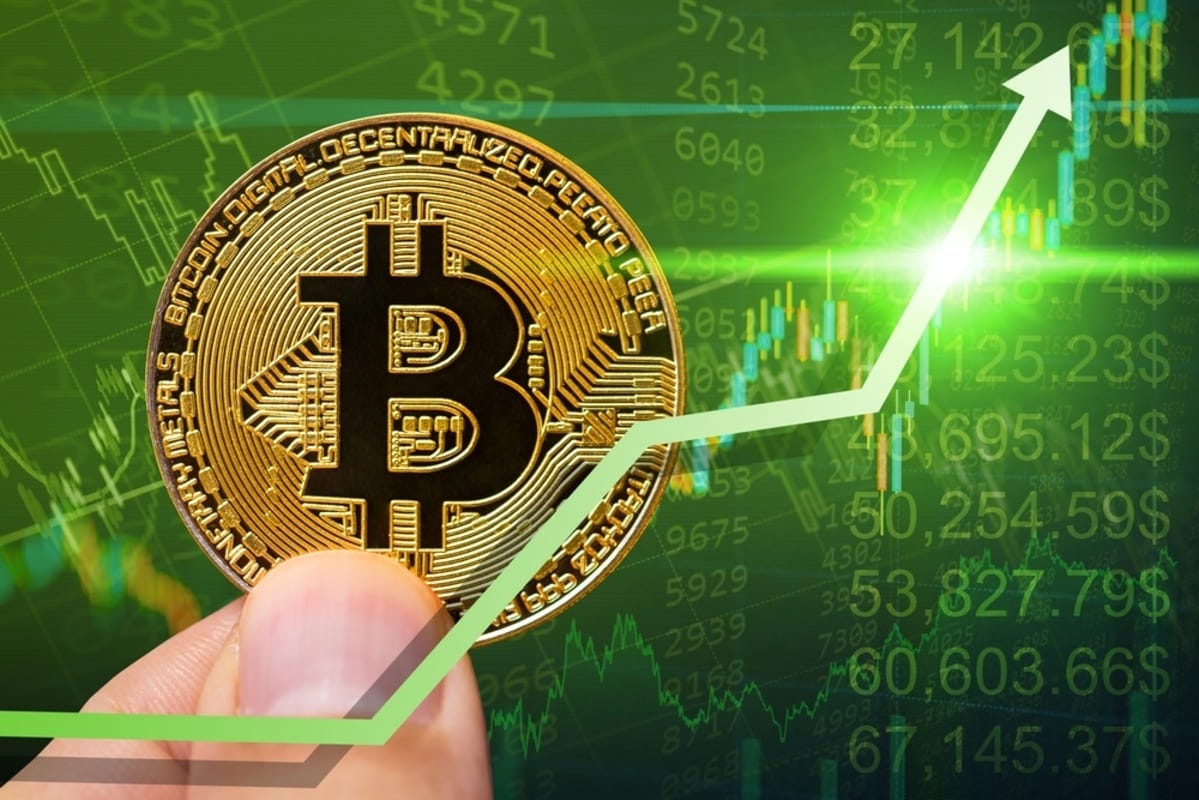Unit Bias and Bitcoin
In the context of investing, unit bias refers to the tendency of investors to prefer whole units of assets—like buying one full share of a stock—rather than fractional shares, even when fractional investing is possible and more financially sensible.
Let’s talk unit bias as it relates to bitcoin.
Bitcoin
One bitcoin is worth over $100,0…
Keep reading with a 7-day free trial
Subscribe to Bitcoin Binge to keep reading this post and get 7 days of free access to the full post archives.




